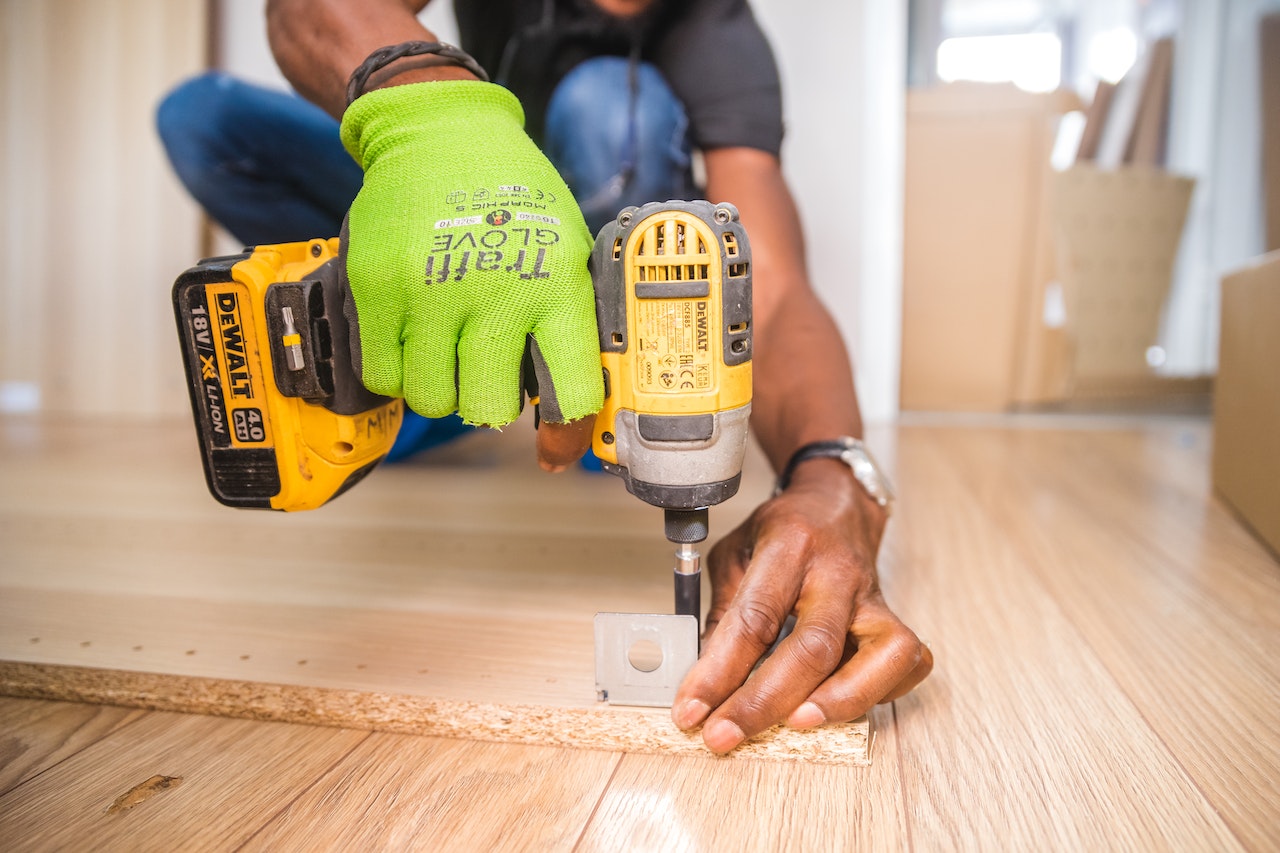What are fixtures and fittings?

When you buy a property, you’ll understandably want to know what comes with the house.
Sometimes it’s pretty obvious — that fitted kitchen is a definite yes, whereas that table tennis table is probably a no (sorry). But sometimes it’s a little more blurry; curtain rails, anyone?
So what counts as fixtures and fittings when selling a house?
Here’s what the Nested dictionary says. Fixtures are items which are attached to the property; fixed, if you will. Fittings are items which aren’t attached to the property, unless by the slenderest of fingernails (or more likely, screws).
The distinction is important because fixtures can be assumed to be included in the property sale, whereas fittings aren’t.
What is classed as fixtures and fittings?
Here are some examples of items classed as fixtures or fittings.
When you sell a property, you should inform your solicitor of the fixtures and fittings that you consider part of the sale; this will be written into your contract so as to avoid any confusion on the part of the buyer if they fancy your antique wall clock.
Fixtures:
- Cupboards
- Built-in wardrobes
- Kitchen units
- Plumbing
- Electric sockets
- Satellite dishes
- Security alarms
- Boilers
- Radiators
- Fireplaces
- Doorbells
Fittings:
- Beds
- Sofas
- Curtains
- Blinds
- Tables
- Paintings
- Mirrors
- Fridges and freezers
- Washing machines
- Lamps.
Are curtain rails fixtures or fittings?
Ah, the dreaded curtain rail question. There are certain items which are grey areas in terms of whether they’re classed as fixtures or fittings.
An analogy often cited is to imagine your house has been turned upside down; the items that fall out would be fittings, and everything else is a fixture.
By that logic, your curtain rails and carpets are fixtures, whereas your tables and chairs have just crashed into the neighbour’s garden.
Freestanding items such as washing machines, or a gas cooker without a hood, can be taken by the seller. In contrast, a dishwasher built into a cupboard technically forms part of the land and is a fixture.
However, these definitions are just a rule of thumb. What really matters is that you complete a ‘fittings and contents’ form, which lists the items included in the sale. If your solicitor follows best practice, they should present this to the buyer’s representative before the exchange of contracts, to be reviewed and signed by both parties.
If in doubt, have the conversation early
You can have an ongoing discussion about the items you choose to include in the sale.
Whether it’s at the viewing stage, or when you first instruct your estate agent, you can always factor in the inclusion of certain items to your eventual sale price.
Sometimes a seller will ask a buyer if they want to buy an item, or even give it away free of charge, as this can be more appealing than arranging removals or storage. It’s only at the point of exchange that money is transferred, so you don’t need to rush.
Read all about draft contracts if you’re still hankering for more!